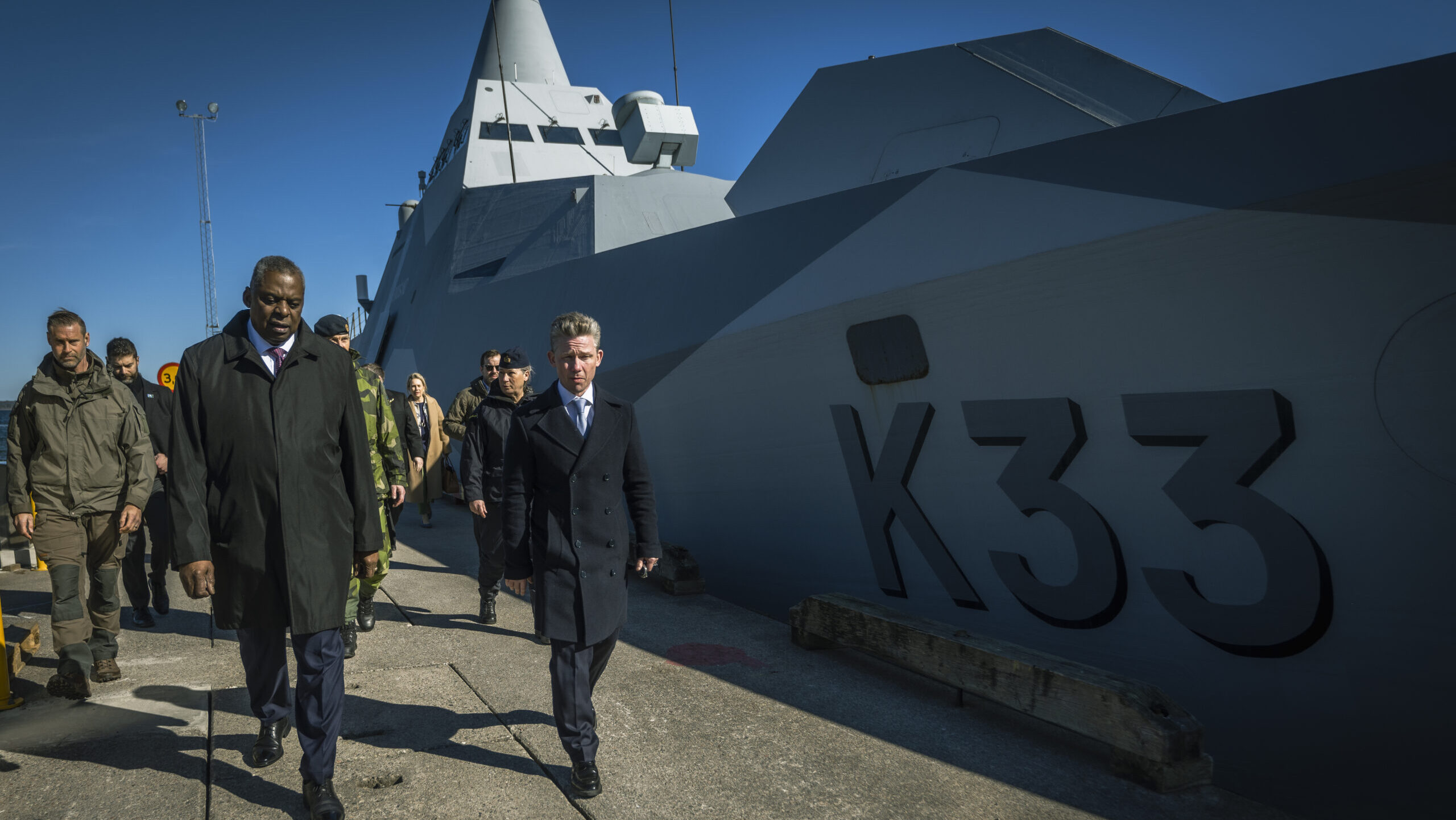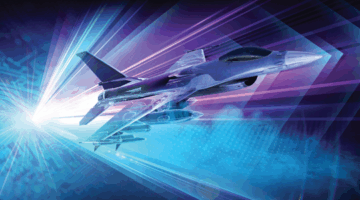
STOCKHOLM — The Swedish government today pitched a proposal to their parliament that would assign a large chunk of its military towards NATO operations, in a move all about showing Stockholm is ready to go all in with the alliance.
The proposal requests that the Riksdagen (the parliament) should green-light the government to be ready to roll out a beefy Swedish military force — up to 1,200 troops from ground, special ops, and amphibious units, plus six warships complete with crew, and a fleet of up to 24 fighter jets [AM1] (25 percent of the overall fighter fleet) — to back NATO deterrence operations in the North Atlantic, through the end of 2025.
While not huge numbers by American standards, this commitment is a serious one from Sweden and an increased on previously announced plans that appears designed to send a signal to the other alliance members that their newest ally is taking their security seriously, as well as its own.
“This is a historic decision. Sweden has previously declared that we will pursue a policy of solidarity within the alliance. Now we’re putting that into practice, as we for the first time as an ally contribute with an armed force to NATO’s collective defense,” Foreign Minister Maria Malmer Stenergard, said at an event announcing the request.
To be clear, Sweden had already pledged a certain number of its forces towards NATO operations. For instance, it had planned to send up to 600 troops to Latvia as part of an alliance mission, side by side with the Danes under Canadian leadership. But today’s announcement would significantly boost the number of forces and materiel being planned for alliance missions.
Just looking at the Latvia mission, the new plan would call for the soldiers to expand up to 1,000, which would consist of “officers and full-time serving soldiers, so we’re not talking about conscripts here,” said Defense Minister Pål Jonson. And the operational area for those forces would extend into Estonia, Lithuania, and Poland.
While Sweden had indicated plans to join NATO’s standing naval forces, today was the first time it was revealed six warships, a sizeable contribution for Sweden, would be considered. At least some of those ships will be focused on mine countermeasures in the Baltic and North Atlantic. Similarly, the size of Sweden’s contribution to the air policing mission would grow to potentially 24 jets.
Overall, Swedish forces are planned to take part in three areas of operation through NATO in the coming year:
- Ground and air operations in the Arctic environment: These are to take place in the Nordic Cap (Nordkalotten) within the framework of the deepened Nordic defense cooperation (Nordic Defence Concept) or with other allies. This mission was newly announced today.
- Operations in the North Sea and Baltic Sea Region: These will involve ground, naval, or air forces within the context of the Nordic Defence Concept, the Joint Expeditionary Force, or alongside other allies.
- Air Operations with the USA: These are framed under the Bomber Task Force initiative and include both bilateral and multilateral air operations with other allies within a defined operational area.
One area that was not touched on today: how Sweden will work with NATO`s nuclear forces. NATO´s head for nuclear policy, Jim Stokes, highlighted at a seminar in Stockholm in June that “Sweden needs to communicate to its public the importance of having joined a nuclear Alliance,” in part because the question of whether to allow NATO planes equipped with nuclear weapons to use Sweden’s air space is a controversial one.
Jonas Olsson is a freelance national security journalist in Stockholm.

